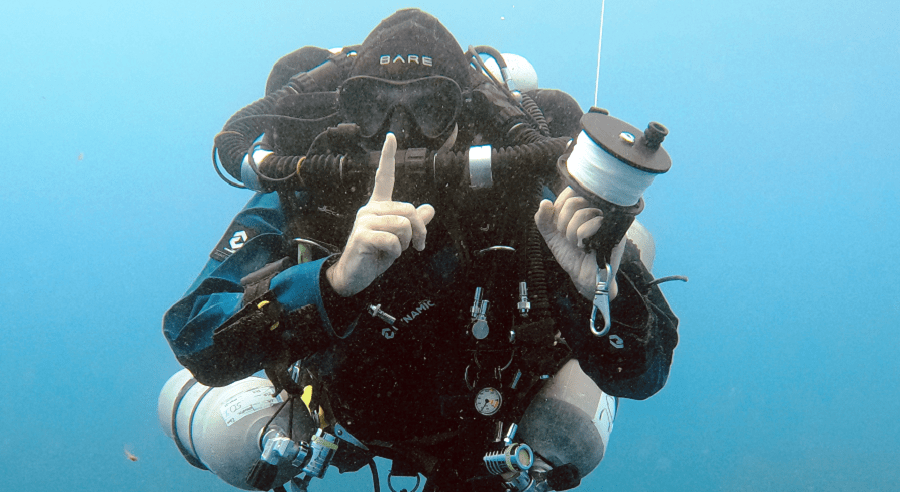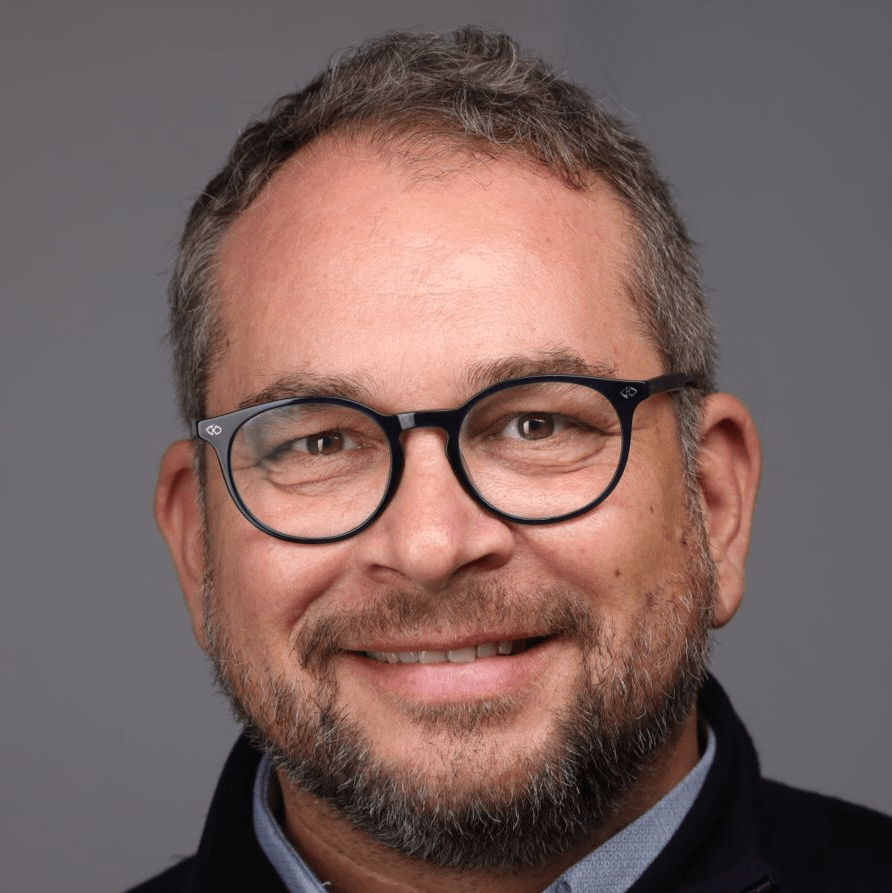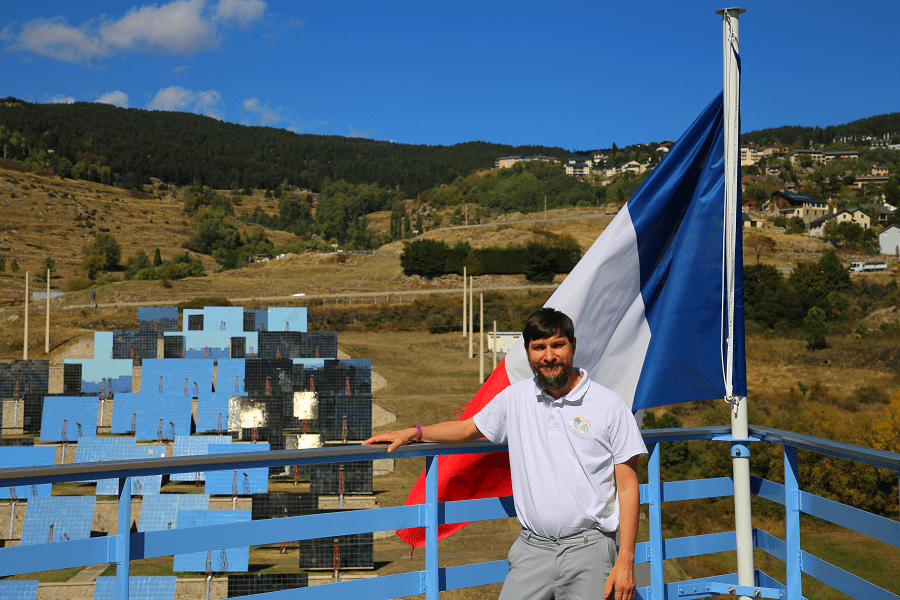
Sergey Vaganovich Shushardzhan is a research doctor, specialist in the field of rehabilitation, music therapy, and medical robotics, doctor of medical sciences, professor, founder of Russian scientific music therapy, and a new direction of regenerative medicine – cellular acoustics.
Chief Researcher in the “Russian National Research Center for Rehabilitation and Balneology” Federal State Budgetary Institution of the Ministry of Healthcare of Russia, Head of the Scientific Center for Music Therapy and Rehabilitation Technologies.
Professional opera singer. One of the founders of the “Music and Medicine” International Association. Author of textbooks, articles, and guidelines on the music effects on the human body and mentality (more than 170 scientific papers and 11 patents in the field of anti-aging and regenerative medicine, immunology, reflexology, and psychology).
Music therapy is reduced to music listening to achieve certain psycho-emotional effects. You have shown that music affects a person much more actively than previously thought. How important is music therapy to health and wellness?
Music therapy uses, in general, today more than fifty different musical and acoustic methods, technologies, and approaches for the correction of mental and physical health, disease prevention, social rehabilitation, creative and spiritual development of the individual.
There are tens of thousands of specialists music therapy doctors all over the world in the countries of Europe, America, Australia. Scientific methods and technologies are used widely and successfully in a variety of both mental and somatic diseases treatment. They are especially effective in the treatment of children suffering from autism, mental retardation, hyperreactivity syndrome.
Everything is up-to-the-mark on the surface in terms of infrastructure and educational programs. But, it becomes obvious upon careful study of this literature that there are no serious scientific and theoretical foundations in this technique in the West. The scientific research conducted in different countries in the field of music therapy reflected certain particular phenomena only in our opinion, without giving a complete picture in understanding the real mechanisms of the music influence on a person.
It must be said that the first attempts at real scientific research into the music influence were made in Russia at the end of the 19th – beginning of the 20th century (I.R. Tarkhanov, I.M. Dogel’, I.M. Sechenov, and others). The full-fledged formation of the scientific music therapy school began in Russia also in the early 90s, when the first research institute for music therapy and traditional medicine was opened in Moscow. The opening of higher professional courses in music therapy took place Later in the 2000s, then the first Russian National Association of Music Therapists (NAMT) and the MedArt voluntary certification system were registered.
What is the fundamental difference between the Western music therapy school and the Russian one?
Two main directions have been formed in the music therapy world system today: intuitive-empirical and evidence-based. The intuitive-empirical approach, common in the West, raises many questions, because, as a rule, it lacks an objective assessment of the patient’s condition, and the therapy process most often comes down to intuitive interactions between a specialist and a patient. The most common option is when a specialist performs something on a guitar or another musical instrument, and the patient listens; another option is elementary music playing by the patient himself, for example, on drums. Can such actions be beneficial? Probably. They can distract from negative thoughts, improve mood, entertain. But it is more correct to attribute this more to nursing than to direct care.
Music therapists work in the West rather than music therapy physicians. This is special non-medical education.
The Russian school of scientific music therapy and its followers are characterized by an experimental and evidence-based approach: a deep study of the music influence mechanisms on a person, an objective examination of the patient, an individual choice of evidence-based methods.
What is the influence of musical exposures on the human neurohormonal system according to the results of neuropsychological studies of music auditory perception?
Three main sound algorithms have been established that cause characteristic changes in the nervous system state and the blood hormones level – sedative, tonic, and harmonizing.
We studied the psychological perception patterns and the nervous system reaction characteristics to various music types. Musical exposures algorithms were identified, that can be used to control mental and physiological processes.
You demonstrated technologies for emotional state rejuvenation and stabilization using musical algorithms. What is the exposure mechanism on a person?
Efficiency is ensured by the synchronous application of complex acoustic fields to the brain, skin, and biologically active points, with additional cosmetic exposure on the skin, which gives a fast and powerful rejuvenating and healing response.
Mesofortetherapy is a technology of neurohormonal correction with the help of musical and acoustic exposures. The mesofortetherapy results are visible after the first procedure: wrinkles are smoothed out, the hormonal background and the nervous system activity are normalized.
Have you studied the effect of acoustic exposures on the skin to do this?
We studied the influence regularities of contact and distant sound exposures on the skin, acupuncture points, and reflexogenic zones.
You proposed the “cellular acoustics” term. What are the music exposures on cell cultures in vitro?
It was shown in our experiments that when direct musical acoustic exposures on cells cultivated in test tubes are carried out, it is possible to significantly affect the vital activity of cells by changing the exposure algorithms: in some cases, activate, in others, inhibit. Various models were used: tumor cells, bacteria, blood cells.
What did research on the singing healing properties give?
We studied the vocal influence mechanisms on the vital organs and systems physiology and the singing healing effects. We have developed a vocal therapy method for respiratory diseases treatment and the spare human performance increasing.
Vocal therapy is a treatment mode with academic singing (bel canto). Regardless of the initial vocal skills, the student quickly develops a singing voice with the help of a special technique, which then turns into an effective tool for treating and prolonging life. The method is indicated for bronchial asthma and respiratory system disorders treatment, with neurotic and speech disorders.
What is your contribution to medical science?
We summarized the scientific research results in the form of the “Neurohumoral-resonance theory of acoustic exposures”. This theory explains the multilevel influence mechanisms of acoustic exposures on a person, which is based on neurohormonal and mental reactions that occur in response to auditory stimuli, direct physiological and biological reactions of organs and tissues.
Thanks to our research programs, musical exposure algorithms were discovered, with the help of which it is possible to control a person’s mental and physiological processes.
For almost 30 years of its existence, the scientific music therapy school has developed more than 25 new music therapy methods and technologies, the most effective developments have been embodied in our health-related rooms equipment of various profiles.
Interview: Ivan Stepanyan










